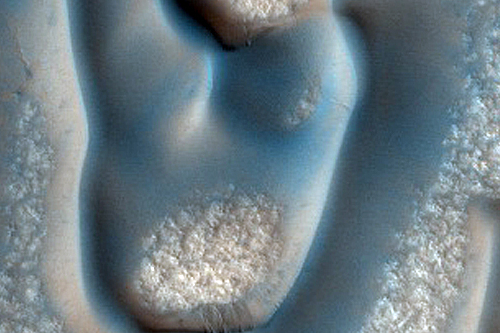NASA expected to finally certify Rocket Lab’s Virginia launchpad by end of year
It appears that after more than a year of delays, the NASA bureaucracy might finally approve launches at Rocket Lab’s new spaceport at Wallops Island, Virginia by the end of the year.
The article at the link is mostly about Rocket Lab’s planned acquisition of another company that builds satellite deployment systems. However, its real story was in the last paragraph:
[T]he company is still waiting for NASA to complete certification of an autonomous flight termination system the company needs to launch from Wallops Island, Virginia. Delays in NASA’s certification of that system has, in turn, delayed the use of Launch Complex 2 there for Electron missions. “The current expectation is that it could be done as early as the end of the year,” [Adam Spice, Rocket Lab’s chief financial officer] said of that certification, “which would allow us to commence flight operations out of LC-2 and Wallops in the first half of 2022.”
The company got FAA approval for launches more than a year ago, and had hoped to launch shortly thereafter. NASA however has blocked that launch, refusing for more than a year to approve the flight termination system Rocket Lab uses to destroy rockets should something go wrong just after launch.
The delay is baffling. Rocket Lab has successfully proven that its system works in that it has used it several times to safely abort launches in New Zealand. This success apparently has not been good enough for NASA’s bureaucrats, and the result is that Rocket Lab’s ability to launch rockets has been seriously hampered in ’21.
It appears that after more than a year of delays, the NASA bureaucracy might finally approve launches at Rocket Lab’s new spaceport at Wallops Island, Virginia by the end of the year.
The article at the link is mostly about Rocket Lab’s planned acquisition of another company that builds satellite deployment systems. However, its real story was in the last paragraph:
[T]he company is still waiting for NASA to complete certification of an autonomous flight termination system the company needs to launch from Wallops Island, Virginia. Delays in NASA’s certification of that system has, in turn, delayed the use of Launch Complex 2 there for Electron missions. “The current expectation is that it could be done as early as the end of the year,” [Adam Spice, Rocket Lab’s chief financial officer] said of that certification, “which would allow us to commence flight operations out of LC-2 and Wallops in the first half of 2022.”
The company got FAA approval for launches more than a year ago, and had hoped to launch shortly thereafter. NASA however has blocked that launch, refusing for more than a year to approve the flight termination system Rocket Lab uses to destroy rockets should something go wrong just after launch.
The delay is baffling. Rocket Lab has successfully proven that its system works in that it has used it several times to safely abort launches in New Zealand. This success apparently has not been good enough for NASA’s bureaucrats, and the result is that Rocket Lab’s ability to launch rockets has been seriously hampered in ’21.








